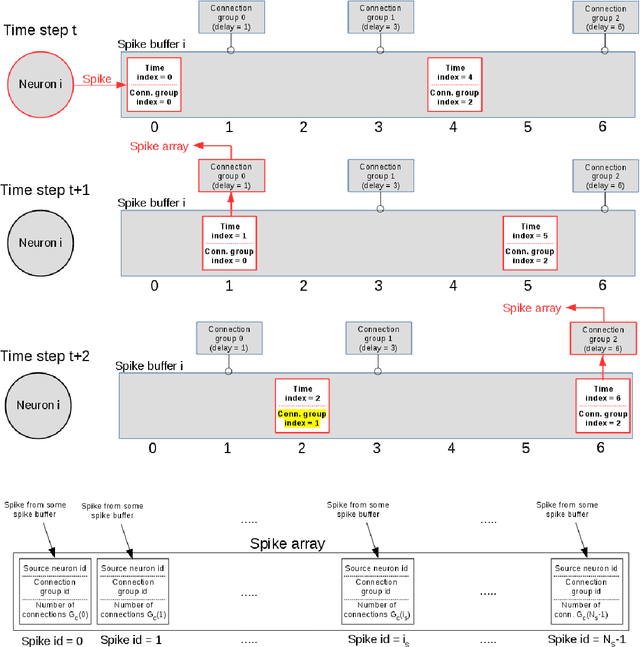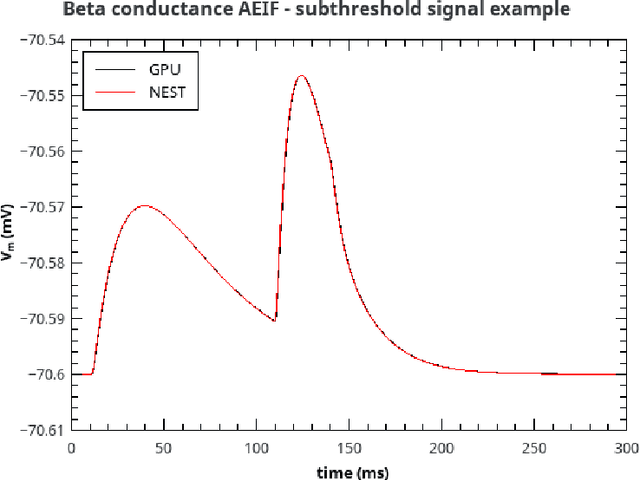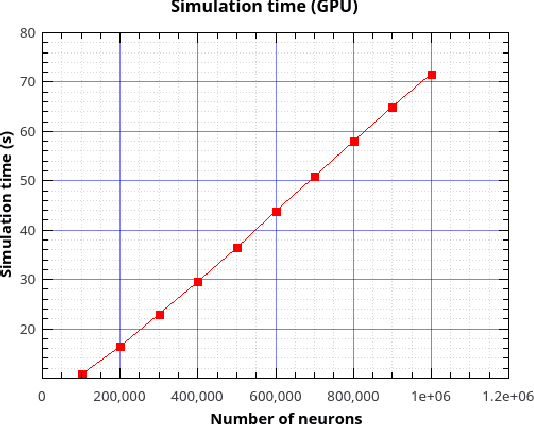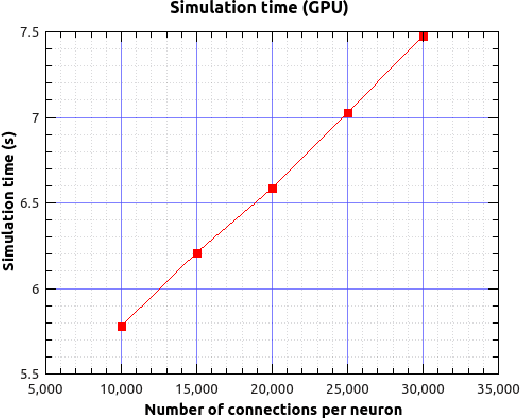Chiara De Luca
A neuromorphic continuous soil monitoring system for precision irrigation
Sep 17, 2025Abstract:Sensory processing at the edge requires ultra-low power stand-alone computing technologies. This is particularly true for modern agriculture and precision irrigation systems which aim to optimize water usage by monitoring key environmental observables continuously using distributed efficient embedded processing elements. Neuromorphic processing systems are emerging as a promising technology for extreme edge-computing applications that need to run on resource-constrained hardware. As such, they are a very good candidate for implementing efficient water management systems based on data measured from soil and plants, across large fields. In this work, we present a fully energy-efficient neuromorphic irrigation control system that operates autonomously without any need for data transmission or remote processing. Leveraging the properties of a biologically realistic spiking neural network, our system performs computation, and decision-making locally. We validate this approach using real-world soil moisture data from apple and kiwi orchards applied to a mixed-signal neuromorphic processor, and show that the generated irrigation commands closely match those derived from conventional methods across different soil depths. Our results show that local neuromorphic inference can maintain decision accuracy, paving the way for autonomous, sustainable irrigation solutions at scale.
Queen Detection in Beehives via Environmental Sensor Fusion for Low-Power Edge Computing
Sep 17, 2025Abstract:Queen bee presence is essential for the health and stability of honeybee colonies, yet current monitoring methods rely on manual inspections that are labor-intensive, disruptive, and impractical for large-scale beekeeping. While recent audio-based approaches have shown promise, they often require high power consumption, complex preprocessing, and are susceptible to ambient noise. To overcome these limitations, we propose a lightweight, multimodal system for queen detection based on environmental sensor fusion-specifically, temperature, humidity, and pressure differentials between the inside and outside of the hive. Our approach employs quantized decision tree inference on a commercial STM32 microcontroller, enabling real-time, low-power edge computing without compromising accuracy. We show that our system achieves over 99% queen detection accuracy using only environmental inputs, with audio features offering no significant performance gain. This work presents a scalable and sustainable solution for non-invasive hive monitoring, paving the way for autonomous, precision beekeeping using off-the-shelf, energy-efficient hardware.
A new GPU library for fast simulation of large-scale networks of spiking neurons
Jul 29, 2020



Abstract:Over the past decade there has been a growing interest in the development of parallel hardware systems for simulating large-scale networks of spiking neurons. Compared to other highly-parallel systems, GPU-accelerated solutions have the advantage of a relatively low cost and a great versatility, thanks also to the possibility of using the CUDA-C/C++ programming languages. NeuronGPU is a GPU library for large-scale simulations of spiking neural network models, written in the C++ and CUDA-C++ programming languages, based on a novel spike-delivery algorithm. This library includes simple LIF (leaky-integrate-and-fire) neuron models as well as several multisynapse AdEx (adaptive-exponential-integrate-and-fire) neuron models with current or conductance based synapses, user definable models and different devices. The numerical solution of the differential equations of the dynamics of the AdEx models is performed through a parallel implementation, written in CUDA-C++, of the fifth-order Runge-Kutta method with adaptive step-size control. In this work we evaluate the performance of this library on the simulation of a well-known cortical microcircuit model, based on LIF neurons and current-based synapses, and on a balanced networks of excitatory and inhibitory neurons, using AdEx neurons and conductance-based synapses. On these models, we will show that the proposed library achieves state-of-the-art performance in terms of simulation time per second of biological activity. In particular, using a single NVIDIA GeForce RTX 2080 Ti GPU board, the full-scale cortical-microcircuit model, which includes about 77,000 neurons and $3 \cdot 10^8$ connections, can be simulated at a speed very close to real time, while the simulation time of a balanced network of 1,000,000 AdEx neurons with 1,000 connections per neuron was about 70 s per second of biological activity.
 Add to Chrome
Add to Chrome Add to Firefox
Add to Firefox Add to Edge
Add to Edge